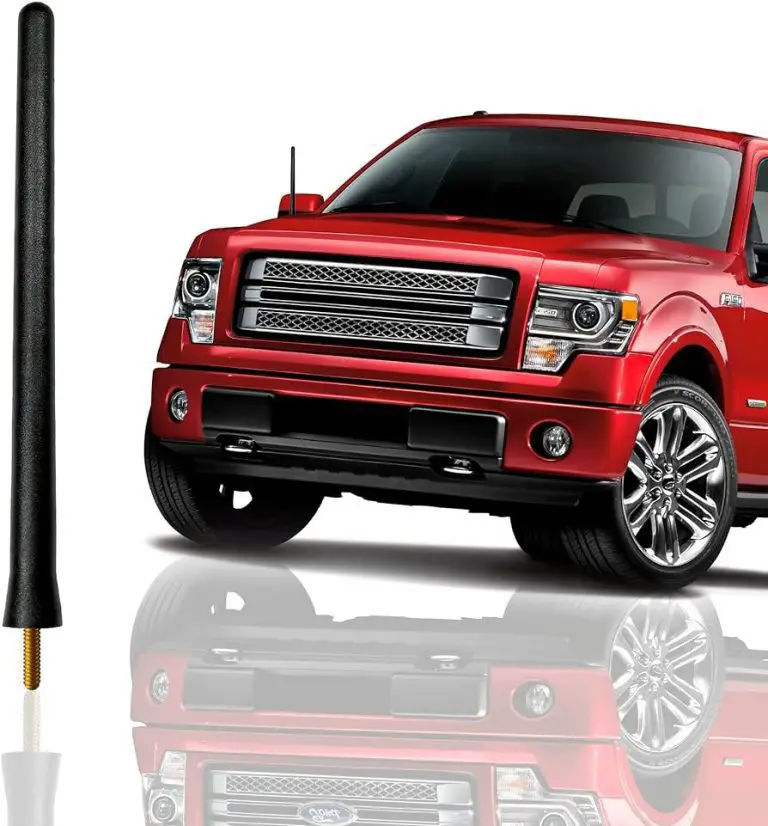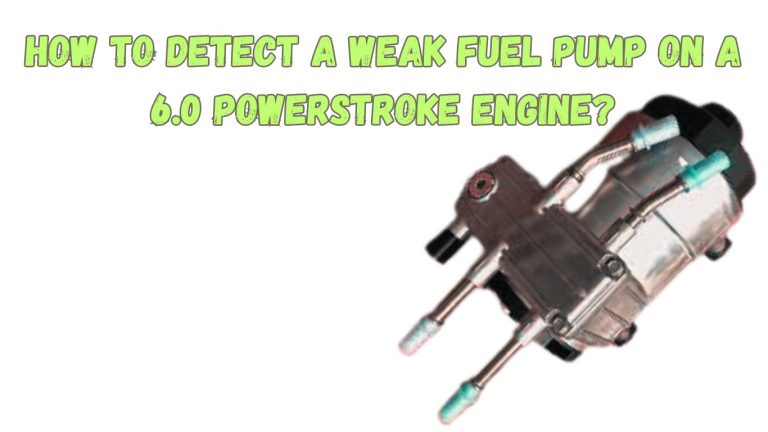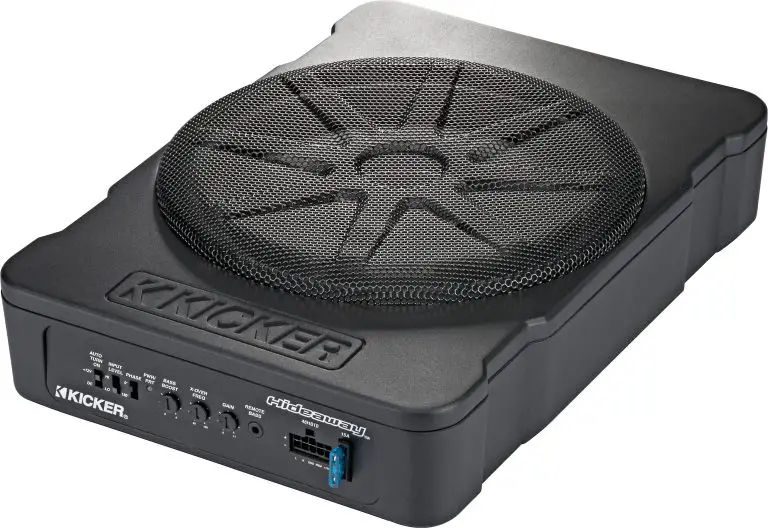How To Get An Amp Out Of Protection Mode – 5 Causes And Fixes
To get your amp out of protection mode, you can try the following fixes: identify and replace any blown or faulty parts, disconnect any load on the amp, ensure proper grounding, power, and remote signal, turn down the gain to the minimum, check speaker wire for shorting or grounding issues, set the gain correctly using an oscilloscope or DMM, and ensure proper airflow to prevent overheating. Making these adjustments can help resolve the issue and get your amp working again.
Identifying Protection Mode Triggers
If your amp is stuck in protection mode, there are a few potential causes and fixes to consider. One indication to look for is visual indicators on the amp itself. Check for power supply issues, such as loose wiring or incorrect speaker wiring causing a low speaker load impedance. This can result in the amp going into protect mode, so ensuring proper wiring connections is crucial. Additionally, listen for irregular audio output before shutdown, as this could indicate faulty or blown parts that need to be identified and replaced. Another common cause of amp protection mode is overheating, often due to a lack of airflow. Preventing overheating by improving ventilation can help avoid this issue. By addressing these triggers and making the necessary fixes, you can get your amp out of protection mode and enjoy uninterrupted audio performance.
Overheating Issues
If you’re experiencing overheating issues with your amplifier, there are a few things you can do to assess ventilation and airflow. Inadequate airflow can be one of the causes of an amplifier going into protect mode. Make sure your amp is well-ventilated and not blocked by any objects. Check if the cooling fan is working properly and remove any dust or debris that may be blocking it. Additionally, you should also check for any overworked components. Blown or faulty parts can cause the amplifier to overheat and go into protection mode. Identify those parts and replace them with new ones to ensure optimal performance of your amp.
Electrical Faults
If you’re experiencing issues with your amp going into protection mode, there are a few possible causes and fixes to consider:
1. Blown or Faulty Parts: One of the main causes of an amplifier going into protect mode is blown or faulty parts. It’s important to identify these parts and replace them accordingly.
2. Electrical Faults: Test for short circuits in the wiring and examine the solder joints for any damage. Loose wiring or incorrect speaker wiring can also cause the amp to go into protect mode.
3. Proper Ground and Power: Ensure that your amp has a proper ground, power, and remote signal. Loose or improper connections can trigger the protection mode.
4. Gain Settings: Turn the gain settings down to the minimum to prevent overpowering the amplifier.
5. Overheating: Some amps go into protection mode if they get too hot. Ensure that there is proper airflow to prevent overheating.
Speaker Load Imbalances
If you’re experiencing issues with your amp going into protection mode, there are a few causes and fixes you can consider. One common cause is speaker load imbalances. To address this, calculate the speaker loads and compare them with your amp’s specifications. If there is a mismatch, swap out any mismatched speakers for compatible ones.
Faulty Internal Components
Inspect the amp’s internals for obvious signs of failure. Use a multimeter to test individual components. Blown or faulty parts are one of the major causes of an amplifier going into protect mode. You have to identify those parts and replace them.
| 1. | Disconnect any load on the amp. |
| 2. | Ensure proper ground, power, and remote signal. |
| 3. | Turn the gain down to the minimum. |
If the amp still goes into protect, check for a bad speaker wire or a wire shorted to chassis ground. Adjust the gain correctly using an oscilloscope or DMM, and make sure all connections are secure. Overheating can also cause an amp to go into protect mode, so ensure proper airflow for cooling.
To prevent amp protect mode, avoid power mismatches and ensure the speaker load is within the amplifier’s specifications. Monitor the power and protection LEDs on your amp for any indications of trouble.
External Environmental Factors
If you are experiencing the issue of your amp going into protection mode, there are a few causes and fixes that you can consider.
External environmental factors such as temperature and moisture can have an impact on the functioning of your amp. Extreme temperatures, whether too hot or too cold, can cause the amp to go into protection mode. Additionally, moisture or humidity can also affect the amplifier’s performance.
Addressing any external sources of interference is important. Make sure that the amp is placed in a well-ventilated area to prevent overheating. Avoid placing the amp near any sources of moisture or high humidity levels. Ensuring a proper ground connection and checking the power and remote signal connections can also help to prevent the amp from going into protection mode.
Resolving Overheating
If you’re experiencing overheating issues with your amp, here are some causes and fixes to consider. Blown or faulty parts can trigger the protect mode, so it’s important to identify and replace them. Additionally, ensuring proper grounding, power, and signal connections, as well as setting the gain to the minimum, can help resolve the issue.
| Resolving Overheating |
| Enhance cooling systems or improve ventilation |
| Reduce volume or bass to alleviate thermal stress |
Fixing Electrical Issues
If you’re experiencing issues with your amplifier going into protection mode, there are a few common causes and fixes that you can try. One of the main causes is blown or faulty parts, which may need to be identified and replaced. Another step you can take is to check and repair or replace any damaged wires and connectors. Ensuring a secure grounding connection can also help prevent electrical anomalies that trigger protection mode.
Additionally, if your amplifier only goes into protection mode when specific bass hits occur, you may need to set the gain correctly and double-check your connections. Overheating can also cause the amplifier to go into protection mode, so make sure there is sufficient airflow to prevent this issue.
Adjusting Speaker Loads
To get your amp out of protection mode, start by checking for blown or faulty parts and replacing them. Ensure that you have a proper ground, power, and remote signal. Turn the gain down to the minimum and check all connections for loose wiring or incorrect speaker wiring causing a low speaker load impedance.
Additionally, prevent overheating by ensuring proper airflow and avoiding power mismatches.
| When it comes to fixing an amp that is in protect mode, there are a few causes and fixes to consider: |
|
Replacing Faulty Components
If your amp is stuck in protection mode, one of the possible causes could be faulty components. Identifying and replacing these parts may help you remove the amp from protect mode and get it back in working condition.
| If your amp is stuck in protection mode, there are several possible causes and fixes to consider. One common cause is faulty or blown components within the amplifier. To resolve this issue, you’ll need to identify the damaged parts and replace them. It’s important to seek professional repair for complex component issues. In addition to faulty components, other causes for an amp being in protection mode include loose or incorrect wiring, a low speaker load impedance, or a power mismatch. To prevent your amp from overheating, ensure proper airflow and avoid power mismatches. To troubleshoot the issue, start by disconnecting the load and ensuring a proper ground, power, and remote signal. Turning down the gain to the minimum can also help. Checking the speaker wires for a short or grounding issue is recommended. Remember, the process of getting an amp out of protection mode can be complicated, but with proper troubleshooting and repair, it is possible to resolve the issue and get your amp working again. |
Managing Environmental Causes
One of the causes for an amp to go into protection mode is the presence of blown or faulty parts. Identifying and replacing these parts can help to solve the issue. Additionally, ensuring proper grounding and power connections, as well as adjusting the gain to the minimum, can help to get the amp out of protection mode.
Here are some tips to help manage environmental causes that may put your amp into protection mode: 1. Shield amp from direct sunlight or heat sources: Excessive heat can cause your amplifier to overheat and trigger the protection mode. Make sure to place your amp in a location where it is not exposed to direct sunlight or near heat-producing devices. 2. Utilize desiccant or dry environment for moisture control: Moisture can also trigger the protection mode in amps. To prevent this, use desiccant packets or a dehumidifier in the area where your amp is located. This will help control the humidity and minimize the risk of moisture damage. Remember, managing environmental causes is just one aspect of troubleshooting an amp in protection mode. If you’re still experiencing issues, it’s recommended to consult a professional or refer to the manufacturer’s instructions for further guidance. Note: The information provided is for educational purposes only and does not constitute professional advice. Always follow the manufacturer’s guidelines and consult a professional if needed.Conclusion
To summarize, when your amp is stuck in protection mode, it is usually caused by blown or faulty parts, loose or incorrect wiring, and power mismatches. To fix this issue, you can start by identifying and replacing any faulty components, ensuring proper wiring connections, and setting the gain correctly.
Additionally, make sure there is adequate airflow to prevent overheating. By following these steps, you can successfully get your amp out of protection mode and enjoy uninterrupted music.





